
Posted By: Medsole RCM
Posted Date: Sep 15, 2025
In healthcare sector the medical billing is always been one of the most complex areas. Providers have to deal with patient care, compliance requirements, insurance policies regulations, and reimbursement delays. Traditionally, the billing staff has to handle claims manually, resulting in mistakes, denials, and slow revenue flow. But times are changing. With the medical billing automation, healthcare practices now have an advanced way to manage billing tasks efficiently, reduce human errors, and increase revenue.
At MedSole RCM, we help providers across the United States to adopt modern billing practices powered by technology. By using tools such as automated medical billing and an automated medical billing system, the healthcare practices can free their staff from repetitive tasks of medical billing and focus more on patient care.
This blog explains how automation in medical billing reshaping it, the benefits for healthcare providers, and why investing in technology-driven revenue cycle management is important in today’s healthcare environment.
Medical billing automation is the use of technology-driven solutions that manage regular, rule-based medical billing tasks without human involvement. Instead of manually entering charges, verifying the codes, and submitting claims, billing software powered by automation handles the process very effectively.
Automation confirms that claims are checked for accuracy before submission, reduces duplicate data entry, and increase the reimbursement rate. Unlike traditional medical billing, automation allows healthcare providers to track the entire cycle in real-time, from claim creation to payment posting.
Manual medical billing mostly leads to mistakes like incorrect coding, missing patient details, or incomplete documentation. These errors can cause the denials in claims, which slow down the payment cycle. Automated medical billing minimizes these risks by automatically performing tasks, patient data, and insurance information.
Automation allows claims to be submitted electronically in a fraction of the time it takes manually. With automated medical billing, staff can submit hundreds of claims in minutes, improving practice cash flow.
One of the biggest challenges the healthcare practices can face is not knowing the status of claims. With automation, the healthcare providers can see the status immediately, making the follow up easier when required.
An automated medical billing system integrates multiple billing functions into one platform. Instead of using different software for coding, claim submission, and payment posting, the system handles it all.
Patient demographics, visit details, and treatment codes are entered into the system. Automation confirms that data fields are verified according to insurnace requirements.
The system checks for common errors like missing codes, invalid insurance IDs, or mismatched procedures. This step reduces the chance of denials.
Claims are submitted electronically to payers, and the system monitors them until payment is received. Any issues are flagged for follow-up.
Once payment is received, the automated medical billing system posts it automatically and generates reports for revenue tracking.
By eliminating manual delays, automation speeds up claim submission and payment posting.
Practices can reduce the need for large billing teams since much of the work is handled by automation.
Automation reduces coding errors, preventing denials and appeals.
Billing automation ensures that claims adhere to payer and regulatory requirements.
By reducing the administrative burdens, the healthcare providers can focus more on delivering quality care.
At MedSole RCM, we understand that providers face unique billing challenges. Our solutions powered by automated medical billing and advanced technology help practices:
The future of medical billing depends in full automation that is integrated with artificial intelligence (AI) and predictive analytics. Soon, automated medical billing systems will not only process claims but also check the denials before submission, analyze insurance trends, and suggest the revenue improvement strategies.
Healthcare practices that adapt these changes, will see higher efficiency and stronger growth in revenue. Contact Experts at MedSole RCM for detail guidance of automation in medical billing and let your practice grow financially.
Medical billing automation is the use of advance technology to manage medical billing tasks such, claim submission, payment posting, and denial management. It helps healthcare providers by reducing manual errors, saving time, and increasing the reimbursements.
Automated medical billing systems check the claims before submission, checking for missing codes, invalid patient information, or mismatched procedures. The healthcare providers avoid common denials by fixing the errors before submission.
An automated medical billing system mostly helps in saving money in the long run. It reduces the need to hire extra staff, minimizes the denials, and help to increase cash flow, making it cost-effective for even small healthcare practices.
No, the automation handles the repetitive tasks, human responsibility is still needed for exceptions, complex cases, and insurance negotiations. Automation is more helpful to support billers rather than replaces them.
MedSole RCM offers advanced automation solutions designed for U.S. healthcare providers. Our system minimizes the errors, accelerates reimbursements, and allows healthcare practices to focus on patient care while we handle the entire billing.
Recent Blogs

Posted Date: Jun 24, 2025

Posted Date: Jun 26, 2025

Posted Date: Jun 28, 2025

Posted Date: Jun 30, 2025

Posted Date: Jul 02, 2025
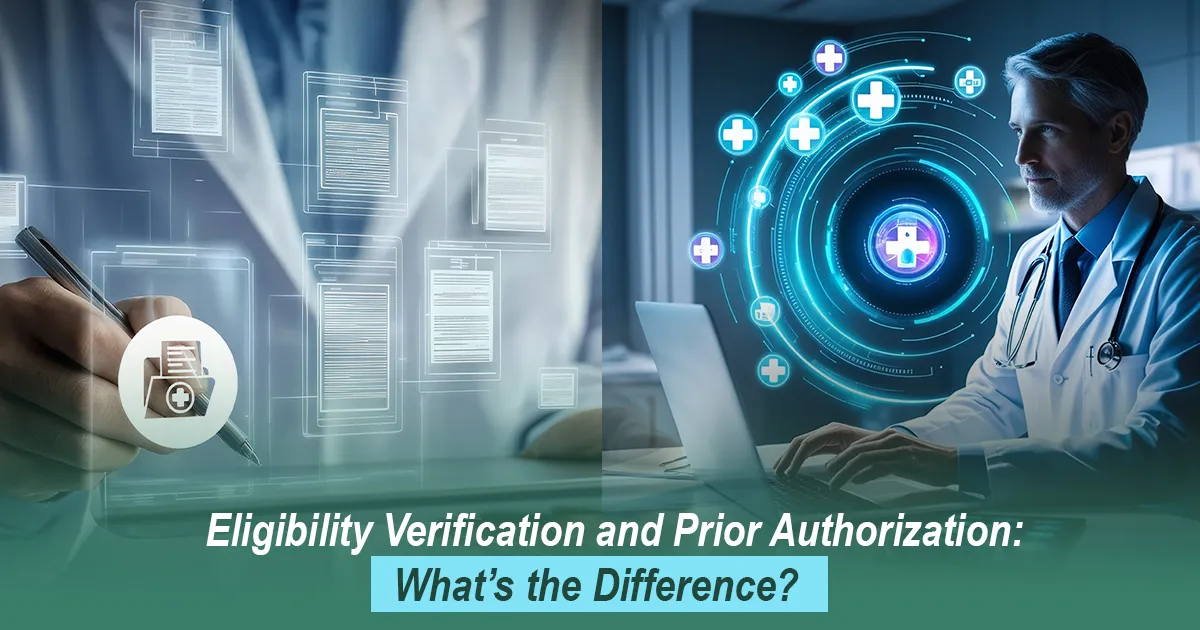
Posted Date: Jul 04, 2025

Posted Date: Jul 07, 2025

Posted Date: Jul 09, 2025

Posted Date: Jul 11, 2025

Posted Date: Jul 14, 2025

Posted Date: Jul 16, 2025

Posted Date: Jul 18, 2025

Posted Date: Jul 22, 2025

Posted Date: Jul 23, 2025

Posted Date: Jul 25, 2025

Posted Date: Jul 28, 2025

Posted Date: Aug 01, 2025

Posted Date: Aug 04, 2025

Posted Date: Aug 06, 2025
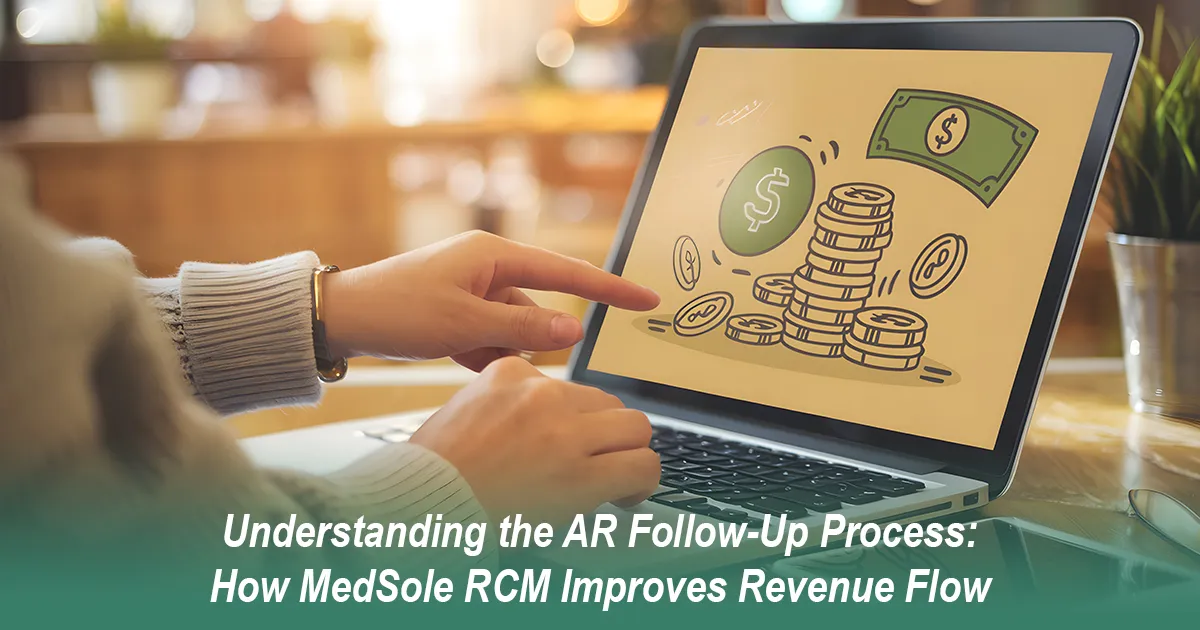
Posted Date: Aug 08, 2025

Posted Date: Aug 11, 2025

Posted Date: Aug 14, 2025

Posted Date: Aug 18, 2025
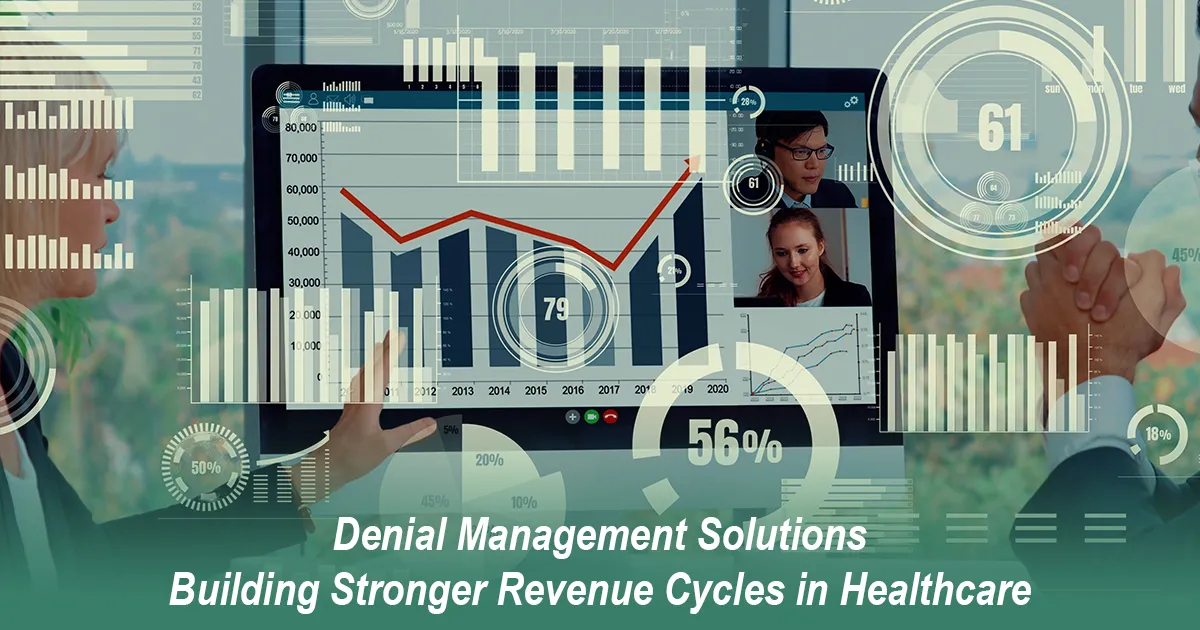
Posted Date: Aug 20, 2025
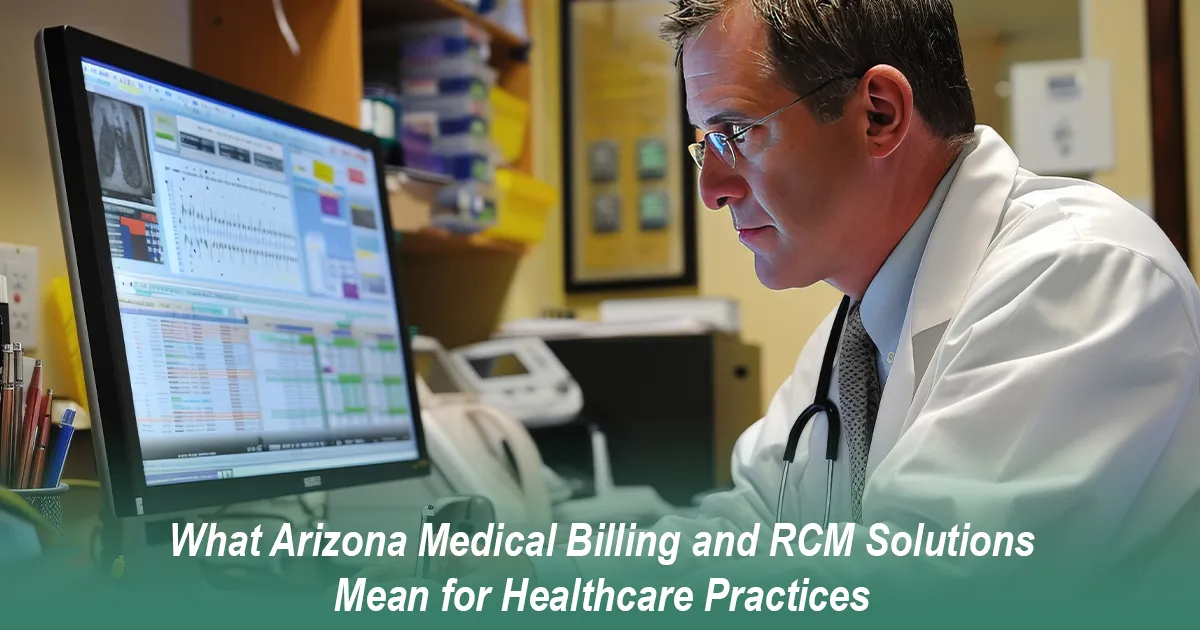
Posted Date: Aug 25, 2025

Posted Date: Aug 27, 2025
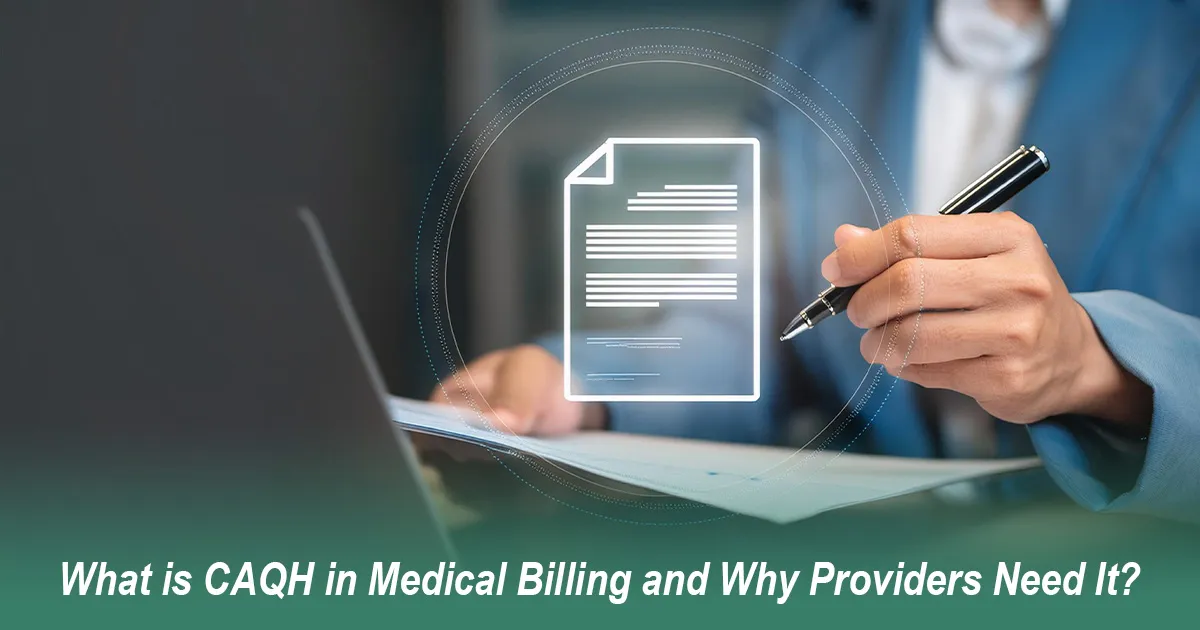
Posted Date: Aug 29, 2025

Posted Date: Sep 03, 2025

Posted Date: Sep 05, 2025

Posted Date: Sep 08, 2025

Posted Date: Sep 15, 2025

Posted Date: Sep 18, 2025

Posted Date: Sep 22, 2025

Posted Date: Sep 24, 2025

Posted Date: Sep 26, 2025

Posted Date: Sep 29, 2025

Posted Date: Oct 02, 2025
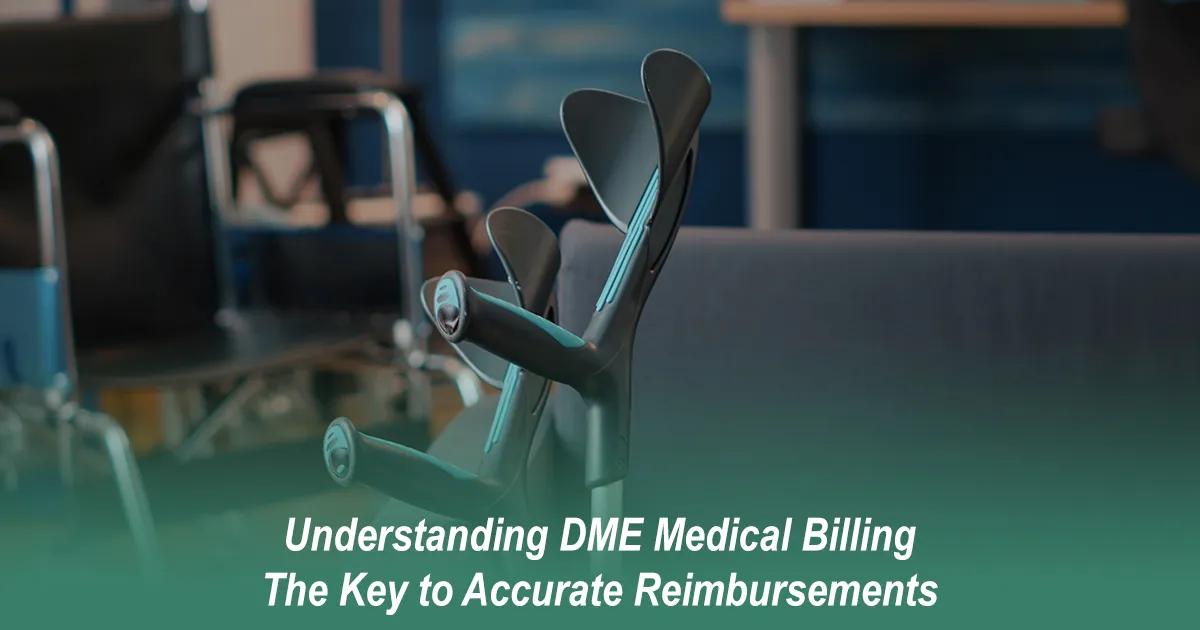
Posted Date: Oct 13, 2025

Posted Date: Oct 16, 2025

Posted Date: Oct 23, 2025
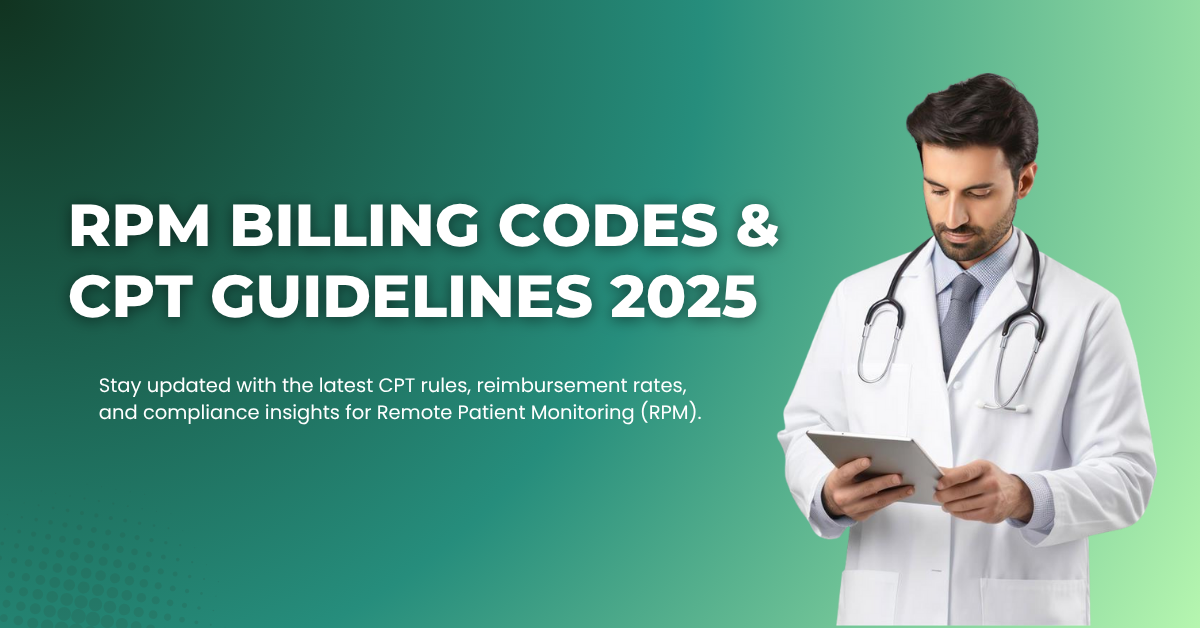
Posted Date: Oct 27, 2025

Posted Date: Oct 28, 2025
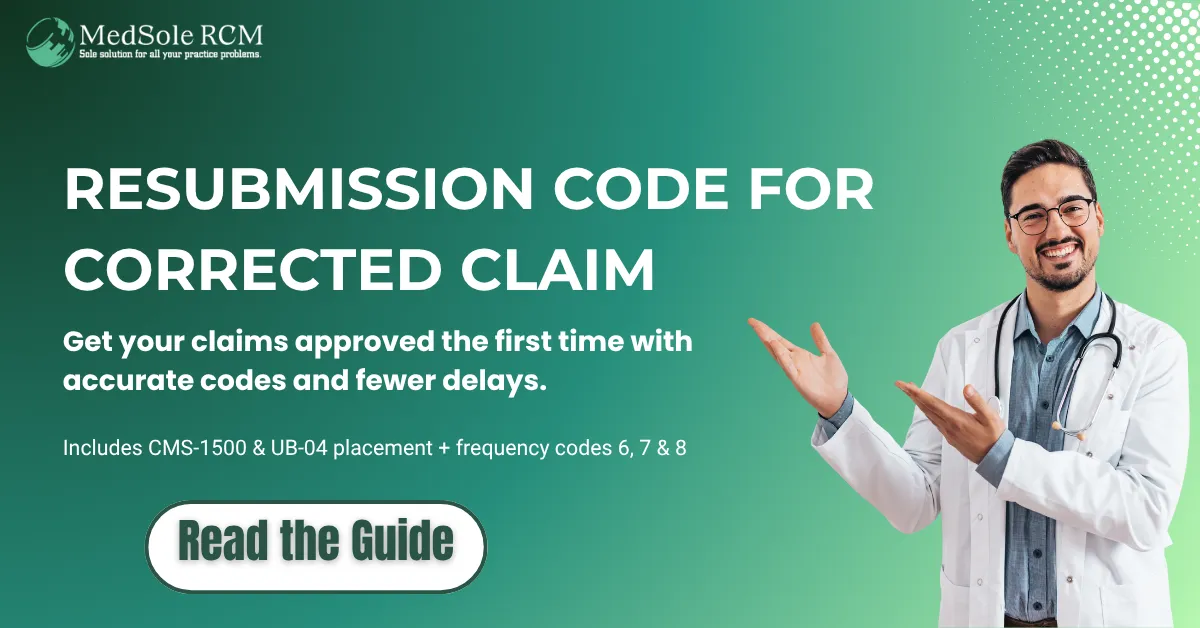
Posted Date: Oct 30, 2025
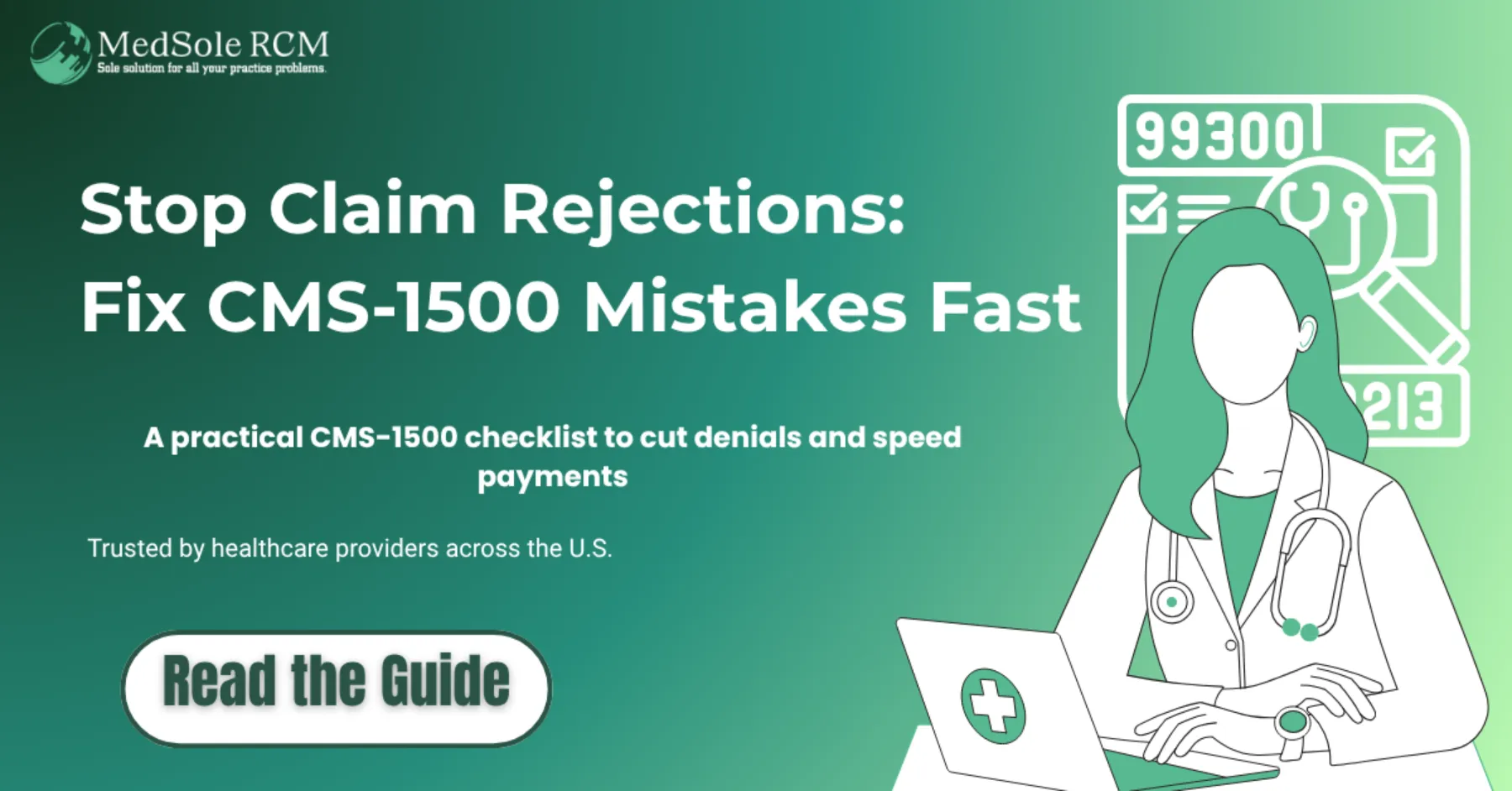
Posted Date: Oct 31, 2025
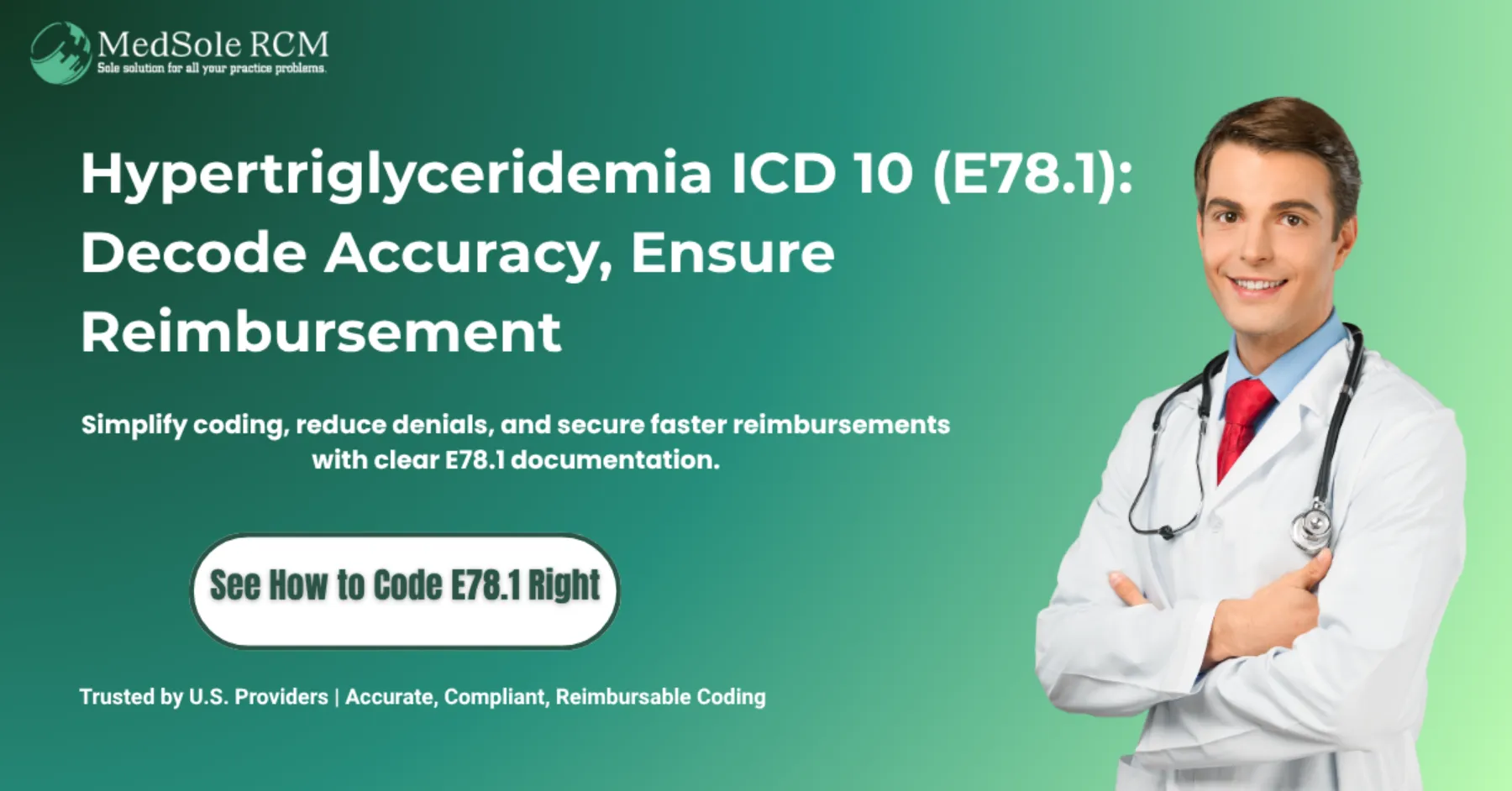
Posted Date: Nov 03, 2025
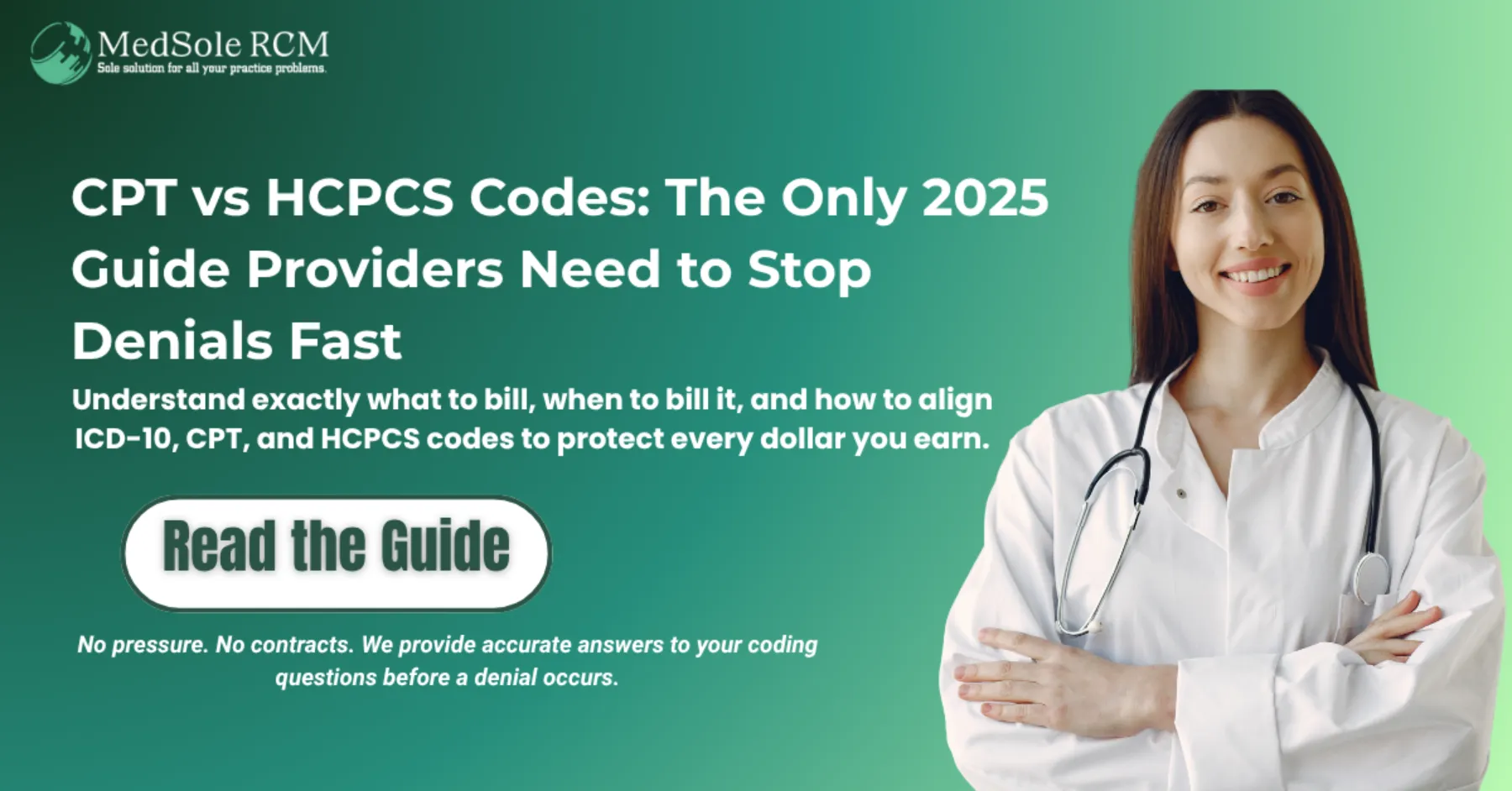
Posted Date: Nov 05, 2025
_11zon.webp)
Posted Date: Nov 11, 2025
.webp)
Posted Date: Nov 14, 2025